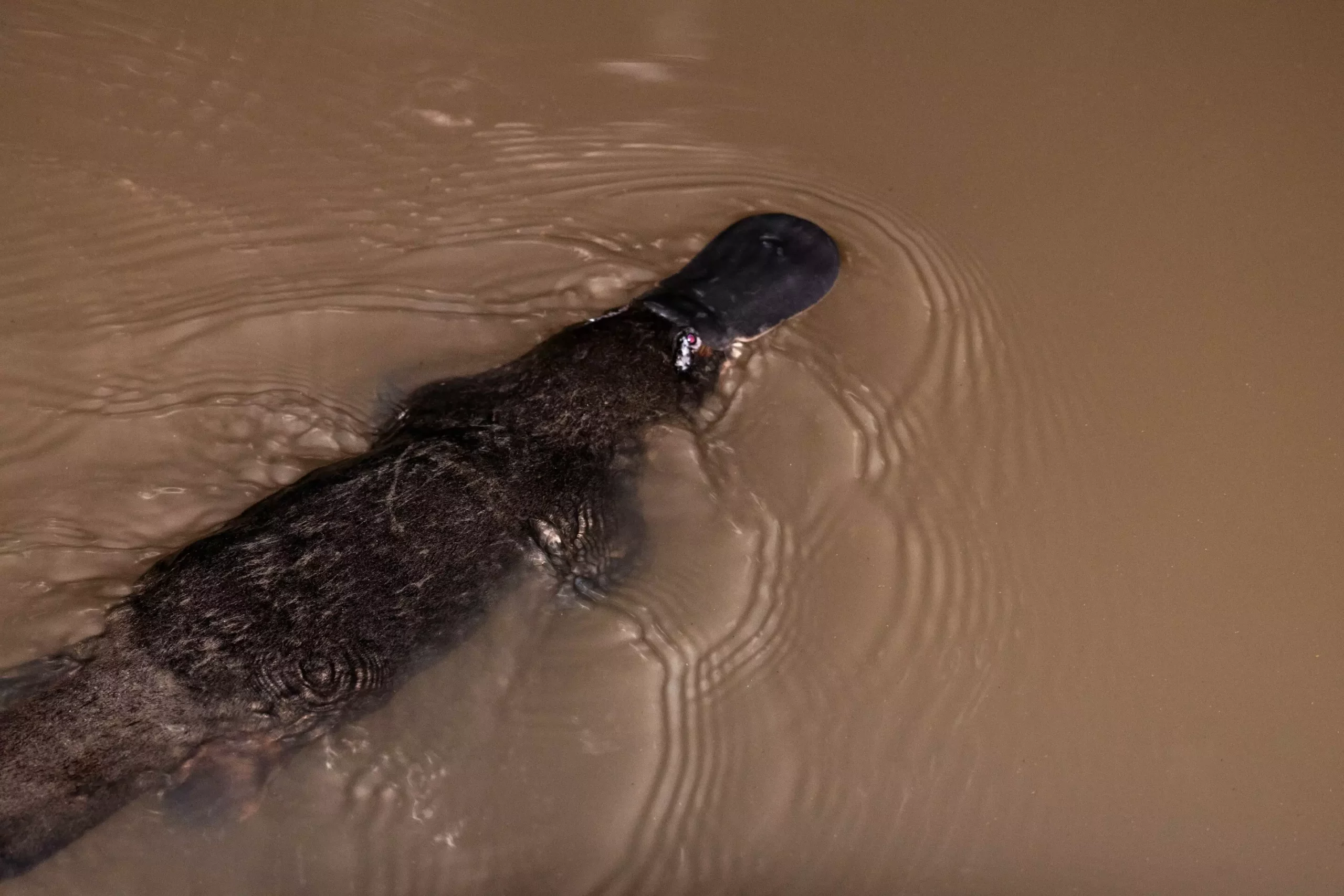The research conducted by Western Sydney University revealed shocking levels of PFOS (perfluorooctane sulfonate) contamination in the livers of deceased platypuses across eastern New South Wales. The study, which involved the analysis of liver samples from nine deceased platypuses collected over two-and-a-half years, showed that the PFOS concentrations in these animals were far higher than initially believed. Lead researcher Katherine Warwick expressed her surprise at finding PFOS in all the wild platypuses, with concentrations ranging from 4 micrograms per kilogram to a staggering 1,200 micrograms per kilogram.
PFOS, a type of PFAS (per-and poly-fluoroalkyl substances), is a group of human-made chemicals known as ‘forever chemicals’ due to their persistence in the environment. The presence of PFOS in platypuses, which are top order predators and environmental indicators, raises concerns about the widespread contamination of aquatic environments. Further research is needed to understand how platypuses are ingesting PFOS and its sources, as even minute traces in the water can accumulate to dangerously high levels within these creatures.
Katherine Warwick emphasized the importance of this study as a first-of-its-kind investigation into PFOS contamination in platypuses. The research not only highlights the urgency of addressing this issue but also underscores the need for better monitoring and regulation of synthetic chemicals in aquatic ecosystems. The highest concentration of PFOS was found in a platypus from the Hunter River in Maitland, near a known PFOS hotspot, raising questions about the origins and spread of this chemical in the environment.
Associate Professor Ian Wright and Dr. Michelle Ryan, who supervised Katherine Warwick’s research, commended her efforts in studying these cryptic creatures and uncovering the extent of PFOS contamination in platypuses. The research team calls for additional data to be released for areas where platypuses were found, urging governing bodies to take action to address this environmental threat. Moving forward, more research is needed to mitigate the impact of PFOS on platypus health and ecosystem sustainability.
The findings of this study shed light on the alarming levels of PFOS contamination in platypuses and underscore the urgent need for conservation efforts to protect these iconic Australian animals. Collaborative efforts between researchers, government agencies, and community members are essential to mitigate the effects of synthetic chemicals on aquatic wildlife and preserve the fragile ecosystems in which they reside.


Leave a Reply